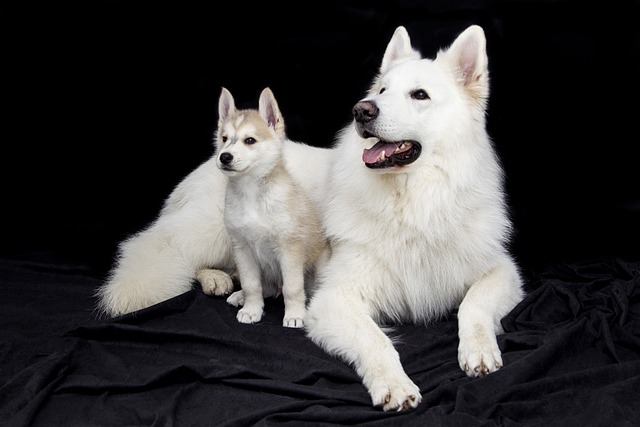
How can I tell if my dog's heatstroke is serious
Let’s be real: It’s a sticky August morning in Los Angeles, and you took your 2-year-old Golden Retriever, Max, for a walk a little later than usual
Bringing home a Border Collie is exciting, but many new owners wonder if their fluffy friend is truly purebred. It’s a common worry—after all, these smart pups have distinct traits, and mixing can blur those lines. Let’s break down how to tell, step by step.
Start with their looks. A purebred Border Collie typically stands 18–22 inches tall at the shoulder and weighs 30–45 pounds when full-grown. Their coats are usually medium-length, with the classic black-and-white pattern, though you might see red-and-white, tri-color, or even merle. Check their eyes: they often have intense, almond-shaped eyes that can be brown, blue, or even one of each. Ears are another clue—they’re usually semi-erect or fully upright, perking up when they’re alert. If a pup’s build is way off (too short, too heavy) or has a coat that’s overly long or curly, it might hint at mixed genes.
Next, watch their behavior. Border Collies are born herders, and purebreds often show this instinct early. You might notice them “herding” other pets, kids, or even toys—circling, nipping gently at heels, or staring intensely to control movement. They’re also hyper-smart, picking up commands faster than most breeds. A pup that seems disinterested in learning or lacks that “work drive” might not be purebred. Remember, though: all dogs need patience. Use positive reinforcement, like treats or praise, to encourage good behavior—never scolding or punishment, which goes against kind training practices here.
 Papers matter, too. Reputable breeders will have registration papers from groups like the AKC or UKC, proving both parents are purebred Border Collies. Ask to see these—they should list the dog’s lineage, including dates of birth and health checks. Good breeders will also share vaccine records, which are legally required in most places. If someone can’t provide these, it’s a red flag—avoid backyard breeders or pet stores that skip these steps.
Papers matter, too. Reputable breeders will have registration papers from groups like the AKC or UKC, proving both parents are purebred Border Collies. Ask to see these—they should list the dog’s lineage, including dates of birth and health checks. Good breeders will also share vaccine records, which are legally required in most places. If someone can’t provide these, it’s a red flag—avoid backyard breeders or pet stores that skip these steps.
Health can be a clue, too. Purebred Border Collies are prone to certain issues, like hip dysplasia or eye problems. A responsible breeder will have screened the parents for these and share the results. While mixed breeds can be healthy too, a lack of health testing in a “purebred” pup is a warning sign. Also, think about your space: these dogs need lots of exercise—apartment living works only if you’re ready for daily runs or agility play. And always clean up after them on walks; it’s not just polite, it’s the law in most neighborhoods.
At the end of the day, purebred or not, what matters most is finding a dog that fits your life. A mixed Border Collie can be just as loving and smart. But if you’re set on purebred, combining looks, behavior, and proper paperwork will help you be sure. And no matter what, give them the training, exercise, and love they need—they’ll return it tenfold.

Let’s be real: It’s a sticky August morning in Los Angeles, and you took your 2-year-old Golden Retriever, Max, for a walk a little later than usual

You're enjoying a summer afternoon at the park when you notice your dog has stopped panting and appears disoriented - their gums are bright red

Let’s paint the picture: You’re in your Denver apartment, watching your 4-year-old Boston Terrier, Ruby, plop down mid-play session with her favorite toy

Many dog owners notice their pets nails seem shorter after regular walks,but how much does this daily activity actually help?The answer depends on where you walk—concrete sidewalks or asphalt streets gently file nails as a dog's paws hit the ground

Most dog owners notice their pup scooting across the carpet at some point, but few connect it to impacted anal glands. These small sacs near a dog’s rectum secrete a scent for marking territory

Most vets agree that regular dog teeth cleaning is key to avoiding painful dental issues later. For healthy adult dogs, a professional cleaning at the vet’s office every 12 to 18 months usually works well.